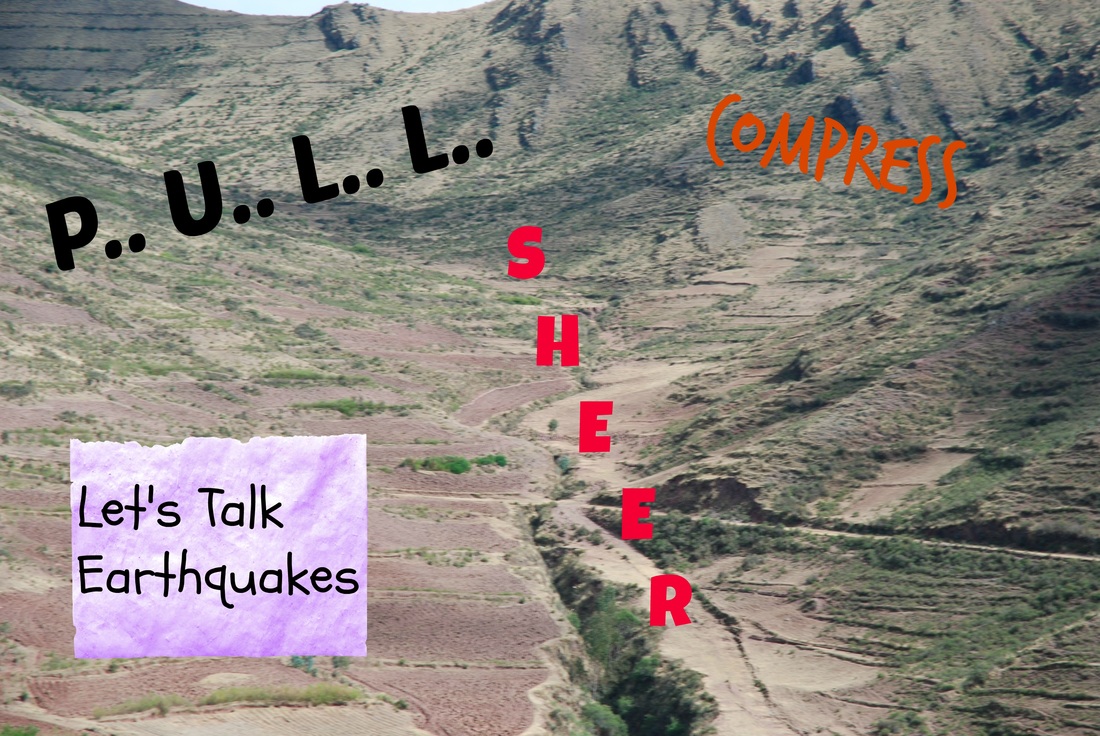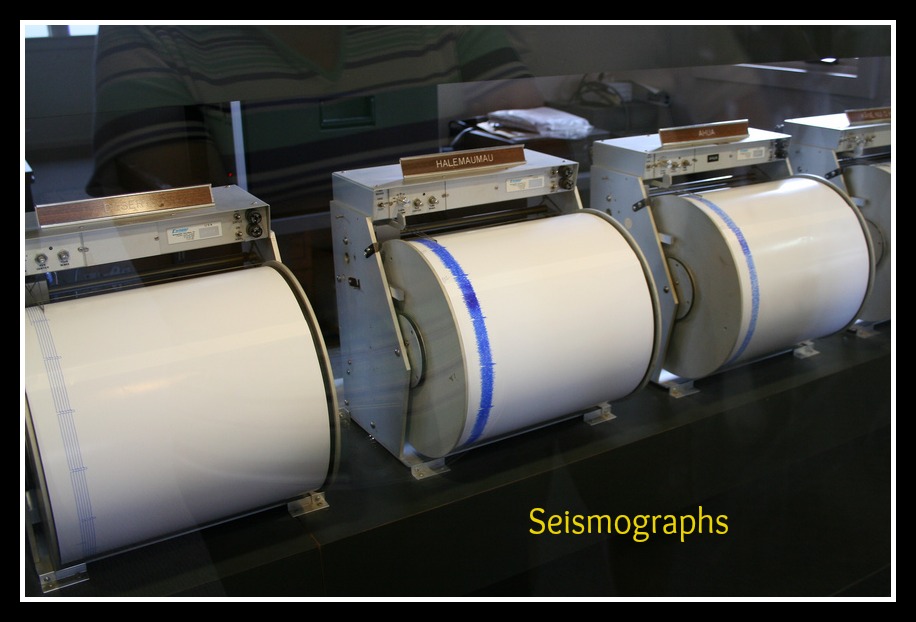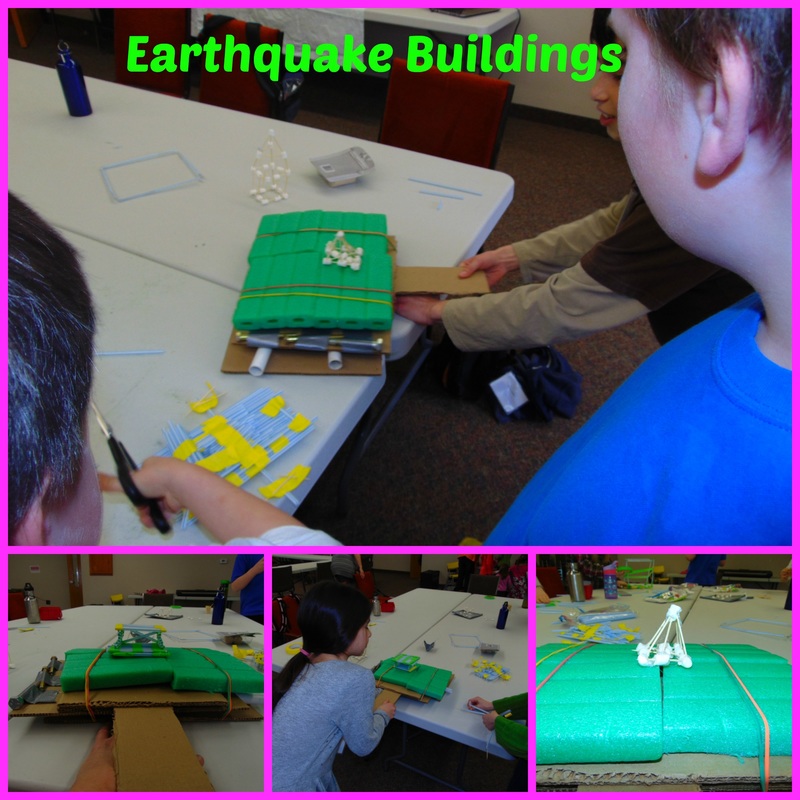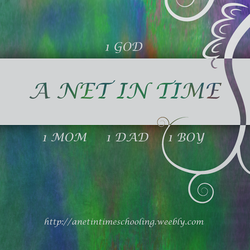This time around I wanted to do hands-on STEM type stuff but didn't really have a clue about what I really wanted to do with it. Week two has me doing earthquakes.
- A tectonic earthquake is one that occurs when the earth's crust breaks due to geological forces on rocks and adjoining plates that cause physical and chemical changes.
- A volcanic earthquake is any earthquake that results from tectonic forces which occur in conjunction with volcanic activity.
- A collapse earthquake are small earthquakes in underground caverns and mines that are caused by seismic waves produced from the explosion of rock on the surface.
- An explosion earthquake is an earthquake that is the result of the detonation of a nuclear and/or chemical device.
- Normal faults form when the hanging wall drops down. The forces that create normal faults are pulling the sides apart, or extensional. (Divergent)
- Reverse faults form when the hanging wall moves up. The forces creating reverse faults are compressional, pushing the sides together. (Convergent)
- Transcurrent or Strike-slip faults have walls that move sideways, not up or down. (Transform)
- Shallow fault earthquakes
A fault is a break in the rock beneath our feet. Shallow fault quakes occur very close to the surface. . Because shallow fault earthquakes are so near the surface, even small ones cause a lot of damage from shaking. - Subduction zone earthquakes
The largest earthquakes ever recorded are subduction zone earthquakes. They can last several minutes. Subduction zone shaking can occur along the whole subduction zone. In the Pacific Northwest, these major quakes seem to occur every few hundred years. These earthquakes can also cause huge waves— tsunamis—. - Deep earthquakes
Deep earthquakes occur in the subducting ocean slab, deep beneath the continental crust. In the Pacific Northwest, deep quakes start about 50 km (30 mi) beneath the surface. Large ones have shaken the Pacific Northwest in 1949, 1965, and 2001—about every 30 years. (source) (also here)
The Richter scale is used to rate the magnitude of an earthquake -- the amount of energy it released. This is calculated using information gathered by a seismograph.
The extent of damage is rated on the Mercalli scale. Mercalli ratings, which are given as Roman numerals, are based on largely subjective interpretations. A low intensity earthquake, one in which only some people feel the vibration and there is no significant property damage, is rated as a II. The highest rating, a XII, is applied to earthquakes in which structures are destroyed, the ground is cracked and other natural disasters, such as landslides or tsunamis, are initiated. (source)
See how FOLD mountains are made because of the earth moving.
Earthquake waves.
This on-line seismic simulation.
Watch a seismic shadow simulation.
Build towers to see how well they survive our shake Table.
If I was doing this for a longer period of time I'd make this seismograph.
I thought this activity looked cool but couldn't figure out how to make it.











 RSS Feed
RSS Feed



